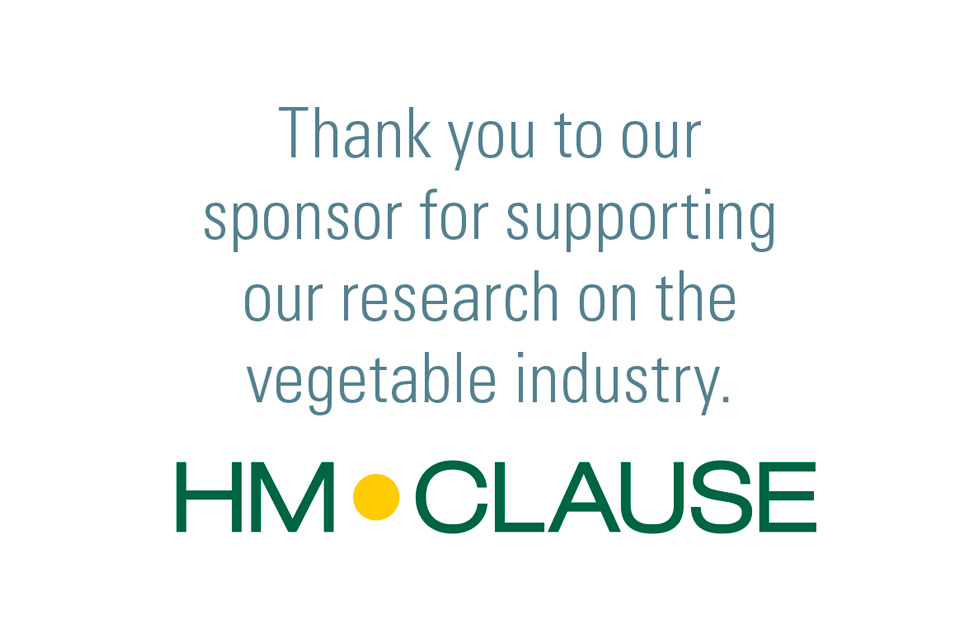Growing Inside Out a Successful Formula for This Vermont Farmer

As part of American Vegetable Grower’s analysis of what you shared in this year’s State of the Vegetable Industry survey, we decided to profile a few American vegetable growers. They display how diverse our industry is, from size, to region, to production methods, and to customers served. In this installment, meet Jack Manix, owner of Walker Farm in Dummerston, VT.

Jack Manix
In his own words, Manix says: My wife and I started with a 7-foot by 9-foot glass greenhouse from Agway in the late ‘70s as a move up from my grandfather’s old cold frame to increase our supply of vegetable starts for the farm. One day I bought a 99-cent pack of Colorama petunias and ended up with about 10 trays of flowering 6-packs, which sold out almost instantly alongside our extra vegetable plants. A lightbulb went off, and I realized the appeal of flowers to consumers, so the next year we gambled on a 30-foot-by-50-foot greenhouse from Hummert. A friendly grower advised me to get all the tech I could afford, and I’ve followed that advice over the years.
Somehow 26 structures from many different companies have materialized on our farm. We use them for ground-grown organic vegetables and organic vegetable starts, as well as for horticultural flowers from cuttings and seeds. The dependability of the environmental controls ensured a constant supply of quality crops.
We’ve been lucky to have teamed up with some nationally known horticulturists and avant-garde chefs through the years, with whom we formed a symbiotic relationship that taught us what their customers wanted and enabled us to supply their businesses with the latest trendy veggies and flowers.
Our farm and garden center has been known for the diversity of plants and produce that has led some of my grower friends to question our sanity!
We offer over 140 varieties of heirloom tomato plants for the garden center and plant around the same amount in the greenhouses and fields, although we have graduated to more dependable “hyloom” tomatoes in our under-cover structures.
Most of our tomatoes are now grown in five or six greenhouses and tunnels in various rotations because the uncertainty of the environment, especially the heavy downpours, has made it difficult to produce a consistent, quality crop. We’re finding that we’re also having to move quite a bit of our pepper production inside, too, over the last few years due to excessive water and potential phytophthora outbreaks.
Unique cucumbers, like the seedless English and Persian varieties, have been growing quickly in popularity and are only profitable for us under cover.
Since we are about 95% retail sales, it’s important for us to get on the market early and stay late. We’ve developed multiple streams of income over the past years that help us to achieve that goal and maintain an experienced and family-like crew.
Our higher-tech greenhouses use top vents and Wadsworth controls and some energy curtains to keep us going throughout the year. We supply other growers with grafted tomato plants in March and April after we finish up our winter and deep winter CSAs.
By mid-March we are planting our own grafted tomatoes and ramping up plant starts for our garden center. Our greenhouse footage is roughly half-and-half split between horticultural plants and vegetable plants, with one greenhouse heated throughout the winter with stock plants of rare salvias, fuchsias, coleus, succulents, and such that are unavailable or hard to find in the trade.
Our organic houses will produce two or sometimes three crops. They may start off as early greens, then the more profitable vegetable starts or tomatoes and then back to greens for our late CSAs.
While the climate-controlled structures are the backbone of our farm, the tunnels are also important for our crop rotations of greens, ginger, early and late bunched carrots, early onions, beans, late summer tomatoes and peppers. We also do a fall, early-winter planting of grafted tomatoes in heated structures that supply our farm store until Thanksgiving. We’ve been especially happy with the moveable tunnels from Rimol that offer lots of options for multiple plantings. While the tunnels are nice, with no heating costs, we do have convection portable propane space heaters for emergencies like the freeze on May 17, 2023, which cost all our local apple growers their crops.
All in all, controlled environment growing has enabled us to be successful in an unpredictable climate!
At a Glance: Walker Farm, Dummerston, VT
Owner: Jack Manix
Year founded: First farm in 1770. Current version: 1973
Size: 25 to 99 acres
Customers: Direct to consumers
Crops: A wide variety of vegetables, berries, and ornamental crops
Thank You!
HM.CLAUSE generously supports our coverage of the American Vegetable Grower State of the Vegetable Industry survey.

























